Bring a Jacket! Essential Sightseeing Tips for Nikko Visitors

Nikko, located in Tochigi prefecture, is home to World Heritage Sites and amazing natural beauty. We've compiled helpful information for travelers planning to visit Nikko.
Visiting Nikko: Area Guide and Basic Information
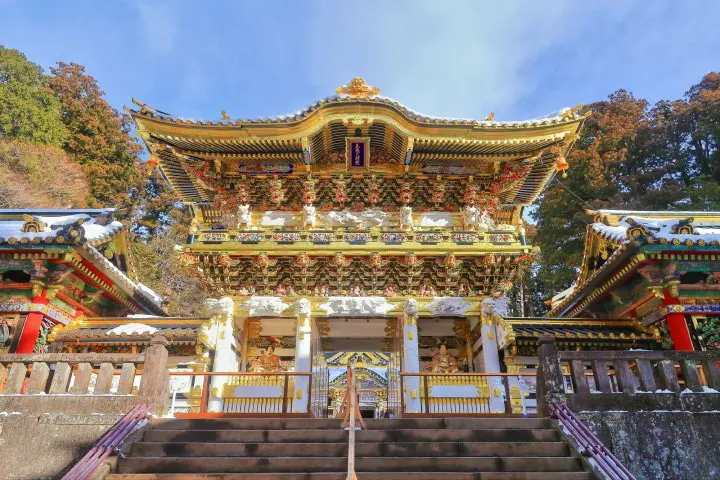
Photo by Pixta
Nikko City in Tochigi Prefecture is one of Japan’s leading sightseeing destinations. Located two hours from Tokyo, it can be easily visited by travelers.
Nikko is well-known for its sightseeing, as visitors can enjoy both historically-rich buildings and abundant nature at places like the World Heritage site Toshogu Shrine, Kegon Waterfall, and Chuzenji Lake.
Watch Out for Temperature Swings! Nikko’s Weather and Appropriate Clothing
Nikko is sometimes called “Kanto’s refrigerator,” as the climate is colder there than in Tokyo. While it varies by region, the temperatures in Nikko can be three to seven degrees colder than Tokyo, and even in the summer, mornings and evenings can be quite chilly. Though winter temperatures are harsh, the summer temperatures are very cool, so you can enjoy comfortable weather, free from the sweltering heat of summer.
If you travel around Nikko wearing clothes for Tokyo weather, you’re going to feel cold, so we recommend bringing a jacket or coat.
The temperature will abruptly plunge in the fall, which is the best time for seeing the foliage. Average September temperatures go up to about 20 degrees, but when October rolls around, temperatures can instantly drop to as low as 13 degrees, and even slice past eight degrees in November. You should bring cold weather attire like parkas, coats, shawls, mufflers, hats and gloves.
Travel Efficiently by Rental Car! Info About Nikko’s Transportation System
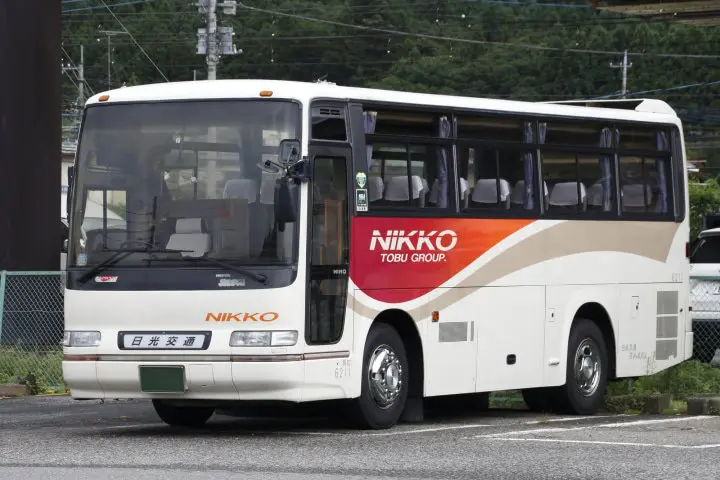
Photo by Pixta
Visitors to Nikko can avail of Tobu Bus and Nikko Bus operations that run routes through the major sightseeing areas, including the “World Heritage Site Loop Bus.”
By using the convenient and affordable Loop Bus, you can enjoy your bus trip even more at a bargain price. By getting the all-day pass for the Loop Bus, you have unlimited use of both the buses on the World Heritage Site course, and the buses in the Nishi-Omotesando and Rengeishi areas between JR Nikko Stations and Tobu-Nikko Station - and you can pick one up for the unbelievable price of 500 yen.
In addition, you can get all-day passes for various areas, including Yumoto Onsen, Chuzenjiko Onsen, Senjogahara, the Kirifuri Highlands, Ozasa Farm, Kegon Waterfall and more. If you buy all-day passes for your destinations, you can travel smoothly around unfamiliar territory.
People who want to enjoy the surrounding scenery and travel efficiently around Nikko should rent a car at Nikko Station. The Irohazaka Winding Roads at Nikko are a fantastic place to go for a drive and enjoy the seasonal views. Combine travel by bus and by rental car and you can have an efficient time traveling around Nikko.
Now, we’ll introduce you to some places that you absolutely have to stop by when you visit Nikko.
1. Nikko Toshogu Shrine
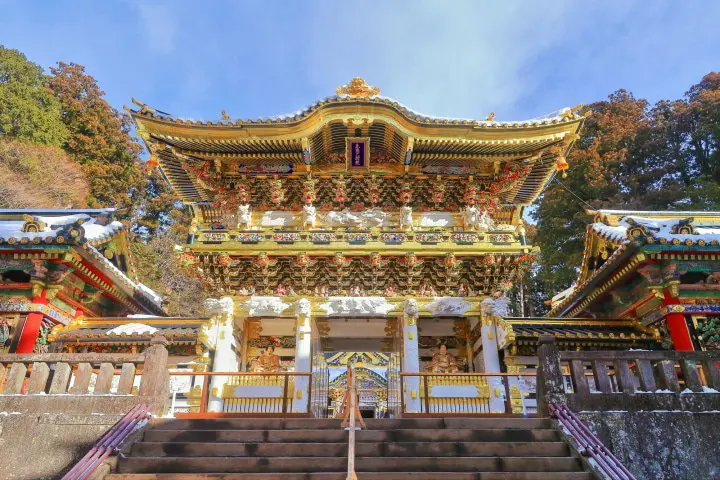
Photo by Pixta
One of Nikko’s representative sightseeing spots, Mt. Nikko is home to Toshogu Shrine, Futarasan Shrine and Rinnoji Temple, and the 103 buildings of the shrines and temples are collectively registered as a World Heritage site. The gravitas and splendid appearances of these buildings have fascinated many people for generations.
The most famous of these buildings is the Toshogu Shrine, which contains many wooden sculptures of animals, including the famous “see no evil, speak no evil, and hear no evil” monkeys: Mizaru, Iwazaru and Kikazaru. It’s a fun adventure to discover just what animals have been carved into the wood as you walk around the shrine.
If you want to get to the shrines and temples on Mt. Nikko, catch a “World Heritage Bus” from JR Tobu-Nikko Station. The bus runs a loop route between Toshogu Shrine, Futarasan Shrine and Rinnoji Temple, which is quite convenient.
Read also
2. Meet Ninjas in Nikko Edo Village
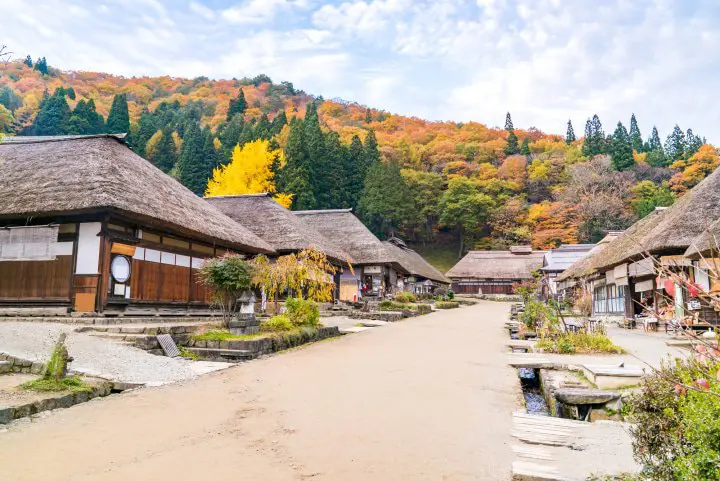
Photo by Pixta
For people who want to enjoy the world of topknots and shadow warriors, we recommend visiting Nikko Edo Village. The Edo Village is a historical theme park that recreates the culture and lifestyles of people from the Edo period, which took place from the 17th to the 19th century. With open sets where you can take pictures of historical period pieces, you might also be able to run into samurais with topknots.
One of the Edo Village’s popular events is its ninja show, where ninjas show off impressive and powerful techniques in a small room. The village features various organized programs which visitors can take part in, such as crafting shows, ninja and samurai experiences and more, which is why it’s a great place for families to bring their children.
3. Kinugawa Onsen
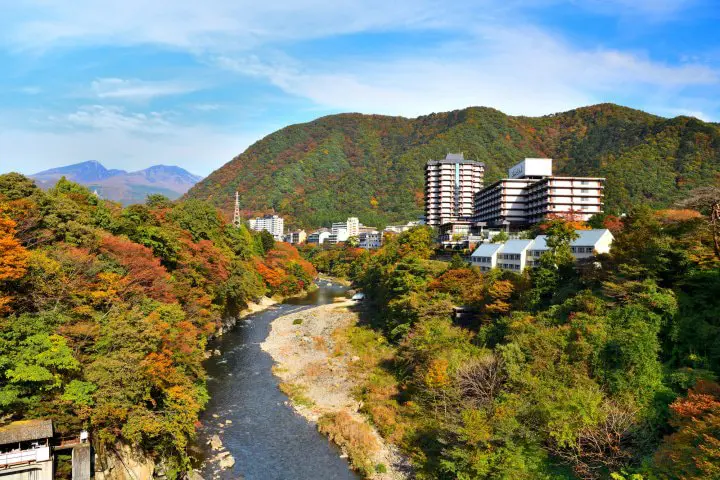
Photo by Pixta
Situated along the Kinugawa river in close proximity to Tokyo, the Kinugawa Onsen hot spring resort area naturally enjoys popularity with international visitors, as well as with many Kanto residents, as a day trip destination. The area has many lodging establishments, from large hotels to family-owned traditional Japanese inns, so it’s a good idea to look up homepages and online reviews if you want to stay there.
There are also several theme parks located around Kinugawa Onsen. A particular standout is the Tobu World Square, a museum which exhibits highly-detailed, miniaturized recreations of buildings from countries around the world. The Square is divided into six zones, which visitors can travel through in order: modern Japan, America, Egypt, Europe, Asia, and classical Japan.
4. Lake Chuzenji
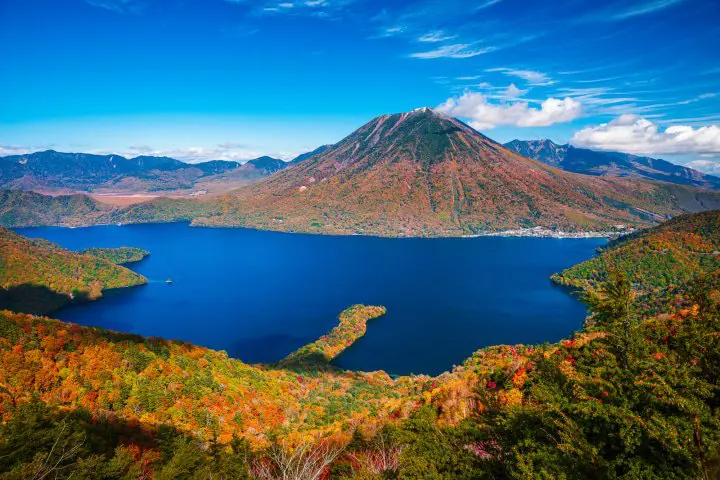
Photo by Pixta
Lake Chuzenji has the highest elevation of any lake in Japan. It is situated at an amazing 1269 meters above sea level, and located inside the Nikko National Park. It takes nine hours to walk around the circumference of the 25-kilometer lake, which spreads out in front of the majestic natural beauty of Mt. Nantai. Originally, the lake was a place for ascetic Buddhist training, but in modern times it is a prominent and thriving tourist destination.
The early-summer azaleas and autumn foliage are must-see sights, which are produced by Nikko’s temperature extremes. If you walk or take a pleasure boat to Senjugahama Beach, you can check out Mongolian oak trees and Japanese elm trees that are more than two centuries old, as well as red and white Japanese primroses.
5. Kegon Waterfall
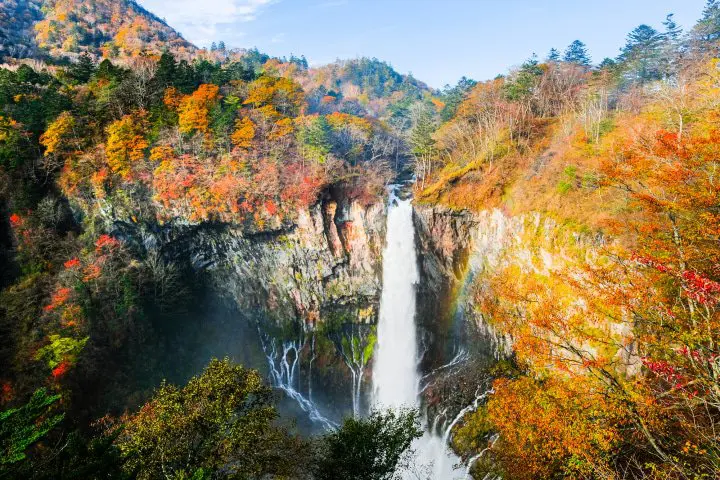
Photo by Pixta
The water from Lake Chusenji blasts straight downward at the Kegon Waterfall. With its appeal to the beauty and power of nature, the waterfall is a central sightseeing spot and the area is quite crowded. Pouring down the steep cliff from a height of 97 meters, the sight of the waterfall is really impressive.
日本への訪日外国人の方が、もっと増えますように!











































![[2026] Top 5 Strawberry Picking Spots in Tokushima, Naruto| Farms and Access Guide for January to May](https://resources.matcha-jp.com/resize/720x2000/2025/03/06-227165.webp)
![[Yamanashi/ Hokuto City] 4 Hot New Spots Opening in 2026](https://resources.matcha-jp.com/resize/720x2000/2025/12/12-252747.webp)


